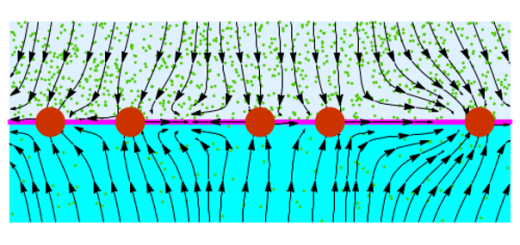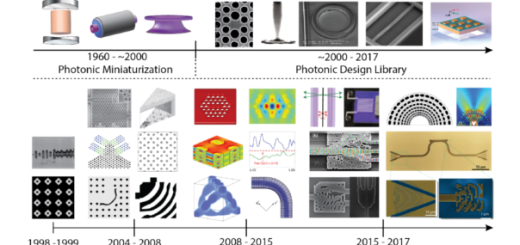Complex Magnetic Structures at Surfaces and Their Imaging with STM from First Principles
Title: Complex Magnetic Structures at Surfaces and Their Imaging with STM from First Principles.
When: Monday, June 12, (2017), 12:00.
Place: Departamento de Física Teórica de la Materia Condensada, Facultad Ciencias, Module 5, Seminar Room (5th Floor).
Speaker: Krisztián Palotás, Department of Complex Physical Systems, Institute of Physics, Slovak Academy of Sciences, Bratislava, Slovakia.
Recent advances in spin-polarized scanning tunneling microscopy (STM) experiments allow the determination of complex (non-collinear) surface magnetic structures (like spin-spirals, skyrmions) in real space. Motivated by these advancements, there is a strong need for theoretical understanding of the observed magnetic structures. In the first part of the talk I present recent theoretical results on the formation of a diversity of complex magnetic structures in thin films obtained by a combination of ab initio and spin dynamics calculations [1].
Understanding STM image contrasts is of crucial importance in surface science and related technologies. In the second part of the talk I present various STM theories and highlight different tip effects on the STM contrast based on first principles calculations, going beyond the Tersoff-Hamann model, e.g., within 3D-WKB tunneling theory [2]. Examples include a prototype frustrated hexagonal antiferromagnet, Cr monolayer on Ag(111) [3], metastable skyrmionic structures with various topologies [4] and highly oriented pyrolytic graphite. By comparing STM topographic data between experiment and large scale simulations, we can determine particular tip orientations that are most/least likely present in the STM experiment [5]. Furthermore, I present an extension of Chen’s derivative rule for STM simulations including tip-orbital interference effects, and demonstrate the importance of such effects on the STM contrast for two surface structures: N-doped graphene and a magnetic Mn2H complex on the Ag(111) surface [6]. Finally, the first steps towards the theoretical modeling of high resolution spin transfer torque imaging are presented [7].
References
- E. Simon et al., J. Phys.: Condens. Matter 26, 186001 (2014), Phys. Rev. B 90, 094410 (2014).
- K. Palotás et al., Front. Phys. 9, 711 (2014).
- K. Palotás et al., Phys. Rev. B 84, 174428 (2011), Phys. Rev. B 87, 024417 (2013).
- L. Rózsa et al., Phys. Rev. B 95, 094423 (2017), K. Palotás et al., arXiv:1609.07016 (2016).
- G. Mándi et al., J. Phys.: Condens. Matter 26, 485007 (2014), Prog. Surf. Sci. 90, 223 (2015).
- G. Mándi, K. Palotás, Phys. Rev. B 91, 165406 (2015).
- K. Palotás et al., Phys. Rev. B 94, 064434 (2016).




















